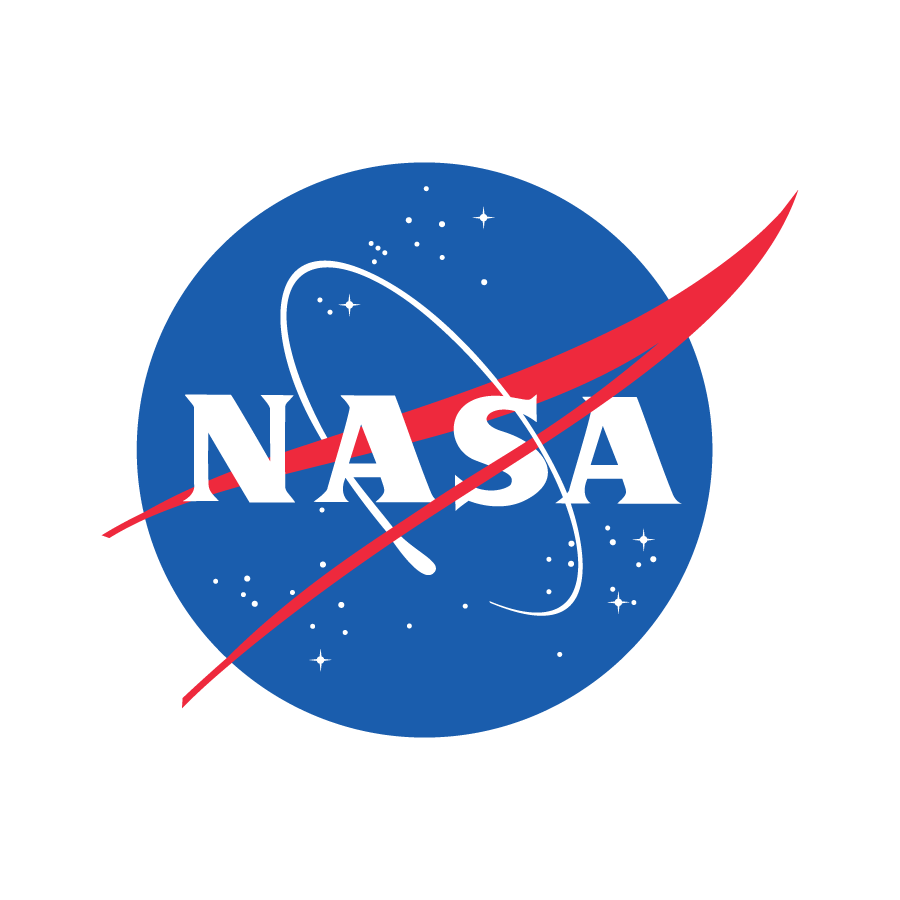5 min read
Planned call for Joint NASA and ISRO airborne L+S Band SAR over North America in advance of NISAR via ROSES-2019
This email is to alert potential proposers that NASA plans to solicit proposals for one-time funding for use over an eighteen-month period for data analysis of multi-frequency radar-surface interactions, modeling, and algorithm development of Airborne Synthetic Aperture Radar L+S airborne data, as a program element in ROSES-2019, see below. A two-step proposal submission process will be used in which mandatory Step-1 proposals submitted by an authorized organizational representative of the organization will be due ~5 weeks after release of the call, rather than optional notices of intent. Since the first phase of flights will commence in the fall of 2019, it is anticipated that full Step-2 proposals will be due only 60 days after the release of this call.
NASA and the Indian Space Research Organisation (ISRO) have a mutual interest in collecting and analyzing L+S band synthetic aperture radar (SAR) for improved detection, characterization, and understanding of Earth processes. As part of a broader cooperative effort in Earth science research and applications and in preparation for the NASA-ISRO Synthetic Aperture Radar (NISAR) satellite mission, NASA will collect L+S band SAR data from ISRO’s Airborne Synthetic Aperture Radar (ASAR) instrument mounted on NASA’s Gulfstream III aircraft utilizing the antenna pod and navigation package for NASA UAVSAR radar system (shortened to ASAR–L+S). ISRO’s ASAR is a dual L+S band SAR science instrument that measures the Earth’s polarized reflectivity at 24 cm and 9 cm wavelength simultaneously, at meter scale spatial resolution. The ASAR campaign is anticipated to be between August and December 2019 and will collect the first of a kind data in the North America that will enable new and innovative L+S band research opportunities and will facilitate the development of new algorithms in advance of NISAR.
This airborne campaign will collect radar data/imagery products relevant to Earth science research and applications activities in a number of topic areas by capturing dual frequency radar data for the cryosphere, ecosystems, water cycle, natural hazards/solid Earth, and ocean science research along with data supporting a wide range of applications including agriculture, oil spills and infrastructure. The sites selected are expected to support research into the following topics:
- Glacier dynamics
- Sea ice (Beaufort Sea)
- Snow on glaciers
- Permafrost
- Natural and anthropogenic
- Forest o Arctic/Boreal – ABoVE
- Wetland
- Agriculture and soils
- Snow – SnowEX
- Inundation/ surface water extent
- Soil moisture
- Landslides
- Sinkholes
- Volcanoes Ocean Science
- Ocean currents
- Internal waves
- Oil spills
The ASAR–L+S data/imagery will be collected in three phases to maximize the scientific breadth of data collected and to allow sufficient time for the land surface to change between acquisitions.
The first phase of the data collection plan is anticipated to collect snow (Sierra and Cascades), solid Earth (landslides, volcanoes), and oceanic (Pacific) imagery over targets in California, Oregon, and Washington, en route to supporting cryosphere (glacier, permafrost), and ABoVE science targets in Alaska and possibly Canada. A selected number of scientific targets will be re-imaged when the plane returns to Armstrong Fight Research Center, in Southern California.
The second phase will be based out of Johnson Space Center (JSC) in Texas and will co-collect imagery in the Central United States along a predetermined UAVSAR flight plan designed to match NISAR’s 12-days collection frequency over a diverse set of ecosystem, wetland, and agriculture research targets. It is anticipated that there will be one or two flights to the Northeast US to collect data over ecological research sites, such as the Harvard Forest. Additional flights based out of JSC are anticipated to collect data over a persistent oil spill in the Gulf region and to image a region with active sinkholes in West Texas. The JSC deployment is scheduled to span the fall crop harvest.
The third phase will begin in California and recollecting selected targets along the flight path to Alaska with the key objective of capturing dynamic process and sea ice in the Beaufort Sea, north of Alaska. This phase will likely collect ASAR–L+S data in conjunction with planned SnowEx activities in November. UAVSAR may co-collect data during flight segments in each of the collection phases to better calibrate the imagery collected by each system and to explore potential synergies between the radar systems such as bistatic and interferometric collection strategies.
NASA plans soon to solicit through ROSES proposals for one-time funding for use over an eighteen-month period for the analysis of multi-frequency radar-surface interactions data, modeling, and algorithm development of ASAR–L+S airborne data from this campaign that are relevant to programs in NASA’s Earth Science Research and Analysis (R&A) Focus Areas and Applied Sciences Program.
Given the first phase of flights will commence in the fall of 2019, leaving less time than usual, full (Step-2) proposals be due 60 days after the release of this call as a program element in ROSES-2019, fewer than the typical 90 days. Moreover, since there are multiple flight phases with different timing, a two-step proposal submission process will be used in which mandatory Step-1 proposals submitted by an authorized organizational representative of the submitting organization are used in place of optional notices of intent. This is necessary both to accelerate the formation of the peer review panel and also for proposers to indicate with which phase of the flight the proposal would be connected.
It is anticipated that ~$1.0M will be available to support ~9-11 awards.





